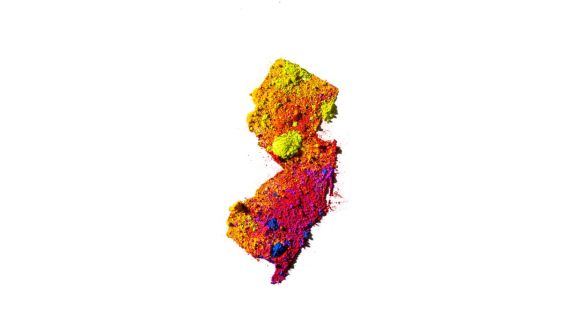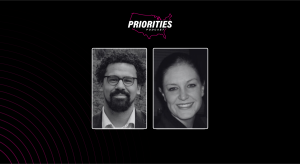California looks to expand digital identity uses with new platforms

California’s chief technology officer said the state is looking to expand its use of digital identity with new pilot projects and partnerships with local agencies.
Jonathan Porat, California’s CTO, told StateScoop the state’s Department of Technology wants to build on recent the state’s successful uses of digital ID, which have so far have included its mobile driver’s license program which was officially launched last fall, and a Login.gov pilot project run by the state’s Department of Transportation.
The latter was run through the state’s Cal-ITP benefits website, which allows residents to receive benefits by showing their transportation cards. The single-sign on service, which was run in 2023 as part of a statewide modernization initiative, allowed to use a contactless payment method to access benefits such as discounted transit fares for senior citizens and veterans.
While at least 18 other states have already launched their own mobile ID programs, Porat said California is looking to do things differently by expanding beyond just age or identity verification.
“[We’ve] seen a lot of states come out with mobile versions of their driver’s license, and we’re proud as a state to have that as well, but we’re really thinking about, how can we digitize the way that we validate residents identities and eligibility for different programs,” he said. “So we’re working with a bunch of different state departments to pilot out how that would actually work out in practice. We’ve been spending the last year or so building out the infrastructure, and we’re proud to now actually get started on some pilots that Californians are actually using.”
The state’s pilot with Cal-ITP benefits started with the Monterey County public transit system and expanded to Santa Barbara. As of last fall, Cal-ITP administrators were considering expanding the offering to 13 other transit operators to provide contactless payment options and access to reduced fares.
Porat said that project’s growth gave the state the confidence in the identity verification technology to begin exploring new use cases beyond just transportation.
“What we’re doing now is trying to expand the breadth of those different benefits programs. So we started by looking at a couple of simple things, like age-related discounts, and now we’re going so far as to have agreements with the federal VA and CMS, the group that manages Medicare and Medicaid, so that if you receive disability, if you are above a certain age, if you have certain status, you can get those discounts automatically, just by paying with your wireless payment,” Porat said.
Porat said the state’s technology agency is also working on a pilot project with the California Public Utilities Commission to build a portal where residents can use their IDs to check if they’re eligible for state or local benefits programs.
Porat said the state IT department has also partnered with the California Privacy Protection Agency to ensure any vendors used for the identity verification process are compliant with the Delete Act, a 2023 law intended to fill gaps in the landmark California Consumer Protection Act that allows residents to request their personal data be removed by data brokers based in the state with a single request.
“By creating a consistent environment where we’re able to share information, and thankfully, it’s shared directly from a resident’s device to the identity service providers, so to the groups that are making sure that there isn’t fraud and that no one is stealing your identity. It means that the government doesn’t need to maintain like a giant list, or a giant list across all these different agencies of all of this different information about each Californian,” Porat said. “You get to keep all of those data, and then you get to choose what data you would like to share so that you can be checked against different types of eligibility.”






